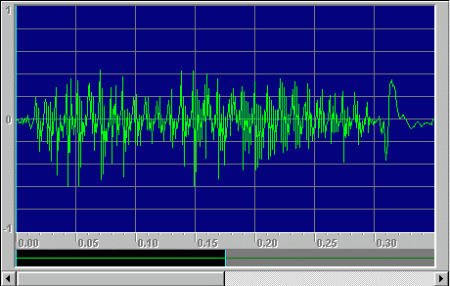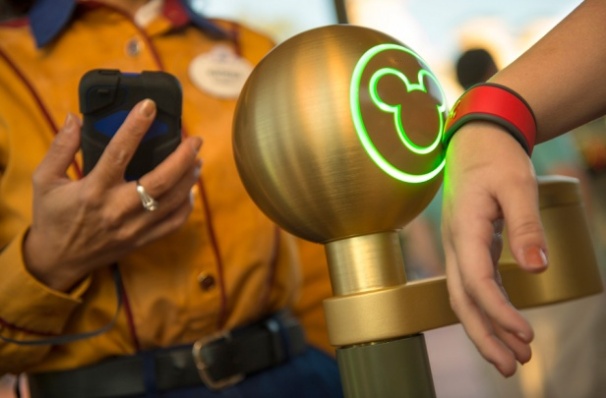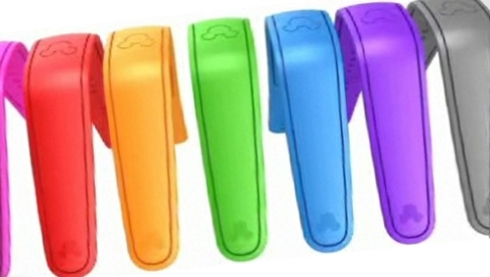Sound recording has become a staple in everyday society. It is easy to overlook the complexity and advancement in this technology when it is so readily available to us. However, when you look at the details of sound recording, it actually encompasses a rich history starting in the nineteenth and a strong modern concentration on computer technologies.
The History
Sound recording was first developed in 1857 by a man named Édouard-Léon Scott de Martinville. He essentially created a model of the inside of the human ear with a stylus that traced the audio frequency variations in air pressure onto a piece of paper covered in soot. This was only to be a visual representation of sound but it wasn’t long until Thomas Edison perfected the phonograph which etched grooves (different depths in the grooves for different frequencies) into a cylinder and was able playback the sound. This evolved into the gramophone, patented by Emile Berliner in 1887. His device used the vinyl record we are accustomed to seeing instead of a cylinder and instead of recording various depths, it etched into the disc horizontally, along the width of a disc. Electronic recording came around in 1925. This technique allowed the use of microphones and over-dubbing (recording a track on a disc, playing back that track so the performer can play with it and recording that on a second disc). This is when official studio recording was born. Then came magnetic recording. This process uses a magnetic material (such as the tape part of a cassette). Electric signals are sent from the sound and the signals magnify the tape in certain ways so as to emulate the sound made. This technology is what was used for cassette tapes.
Jumping ahead, digital recording first planted its roots in 1979. This type of recording used a technique called pulse-code modulation (PCM). In PCM , the amplitude of the analog signal is taken regularly at equal intervals, and each sample is rounded to the nearest value within a range of digital steps. This is where the CD, and eventually the mp3, come into play. This technique allows digitalization of music and when the mp3 technology was developed in the late 1990’s, it took over the audio recording scene.
The Process
When understanding digital sound, it is important to first understand what is being recorded. Below is the analog representation of someone saying “hello”. It represents the position of the microphone’s diaphragm (altered by the changes in pressure due to the produced sound) along the y-axis, as it progresses through time, x- axis.
The ultimate goal of digital recording is to create a record with high fidelity, similarity between the original and duplicate sound, and perfect reproduction, meaning the recording sounds the same every time it is played. To do this, the wave is converted into numbers, much like a high level programming code is converted to machine language. When playback is required, the numbers are converted back into the analog representation, amplified, and sent through the speakers to produce the sound. As long as the numbers don’t become corrupted, the sound will always remain the same, thus producing the most efficient and effective way of recording.
For more information:
http://electronics.howstuffworks.com/analog-digital.htm
http://ohda.matrix.msu.edu/2012/06/digital-audio-recording/
http://cool.conservation-us.org/byorg/abbey/an/an23/an23-2/an23-202.html






